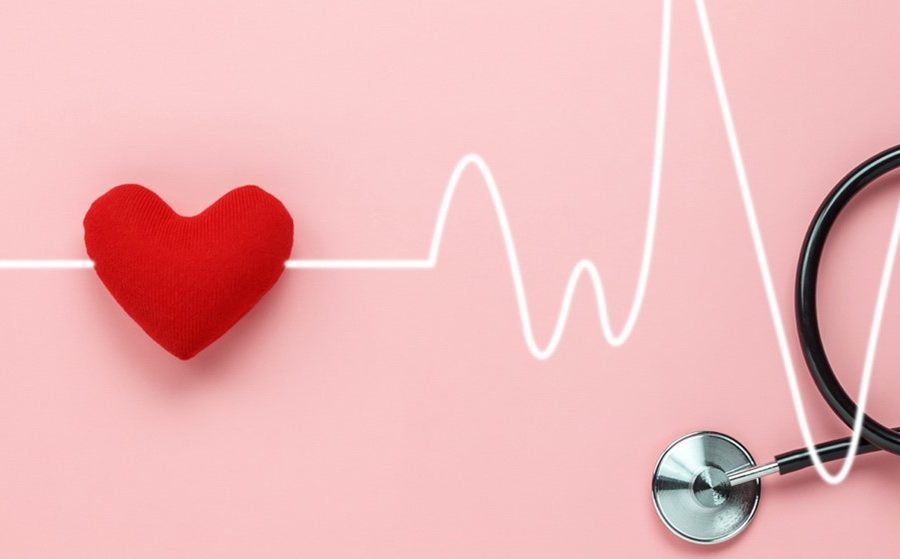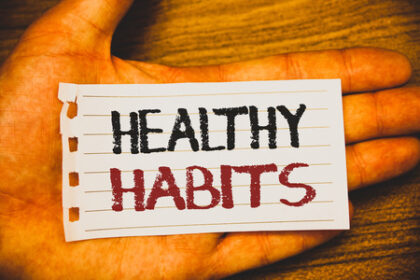Written by Selia Cox, MSN, APRN, FNP-BC
In the United States (US), heart disease continues to be the leading cause of death with about 655,000 deaths per year (Center for Disease Control and Prevention [CDC], 2021). Of these deaths, high blood pressure makes up more than half a million as a primary or contributing cause and nearly half of adults in the United States (116 million) have high blood pressure (CDC, 2021).
Blood pressure is the pressure of blood against the wall of the arteries which allows the arteries to act as a vessel to carry the blood from the heart to other parts of our body. Our blood carries vital nutrients and oxygen to our cells and organs. We see that it becomes a problem when the pressure becomes too high for a long period of time and starts to create damage to the arteries causing restriction and reduced blood flow to these vital organs. A normal reading is 120/80 or less.
You may have gone to the doctors; they say that your blood pressure is slightly elevated, and they may tell you to keep an eye on it, eat less salt and that they will check it again at next visit. You go back, and the values continue to rise, and given a recommendation to start a blood pressure medication such as lisinopril. This may be in addition to a mix of a statin for high cholesterol, and Metformin for type two diabetes. Often, these conditions are treated individually but they are interconnected. In functional medicine, we are looking at potential root causes of what could be impacting the change of blood pressure by identifying important risk factors that include family history, stress, inflammation, smoking history, sleep health, nutritional deficiencies to name a few that all contribute to cardiovascular health.
When looking upstream, a major contributor that can increase blood pressure is an increase of insulin and blood sugar. Insulin has a broad range of influences on the body but the main process being sugar metabolism and maintenance. Insulin is the key when allowing the sugar to make its way into the cell to be used as energy. When the cell becomes resistant to the signal that causes glucose to increase in the body. The increase of blood sugar causes a decrease in the elasticity of our blood vessels which can cause them to narrow and become stiff thus, increasing the pressure.
Another important piece of information that can provide further identification of an individual’s cardiovascular risk includes cholesterol. Beyond the standard lipid panel that looks at how much cholesterol is in the body; we also look at how big or small the low dense LDL (bad) and HDL (good) particles are. If they are smaller and denser than they can penetrate the vessel wall easier compared to particles that are light and fluffy. Once the particles infiltrate the vessel wall this signals our immune system to send out our cells called macrophages to try to get rid of these particles. This response increases inflammation within the vessel wall, increasing the lesion formation which makes the vessel smaller in diameter causing more pressure for the blood to move through.
The impact of blood glucose, insulin and cholesterol are just a couple of examples but not limited to of how other conditions can influence our blood pressure. By taking a functional medicine approach, we use tools that include labs, clinical nutrition, movement, supplementation to create a plan that is tailored to your biochemistry.
Ways to optimize blood pressure:
Movement
- Exercise is crucial as our heart is a muscle so, being able to engage in regular physical activity that you enjoy helps to strengthen the heart to be able to pump more blood with less force
Sleep
- Studies have shown that lack of sleep drives the sympathetic nervous system response of “flight or fight” mode and increase heart rate and blood pressure. Getting enough sleep of 8 hours per night that is also good in quality.
- Avoiding caffeine and alcohol before bed
- Aiming to eat 3 hours before bed
- Take a bath or shower, relax with a cup of tea
- Aim to limit screens before bed
Nutrition
- Include a variety of colorful foods to your meals can help to provide key nutrients such as calcium, magnesium, and potassium. These important minerals that help to reduce the blood vessel wall but also help to keep an appropriate sodium balance in our body
- Reduce refined processed sugar that can contribute to spiking insulin and sugar within the blood that leads to an increase in inflammation and blood pressure
It is important to speak with your healthcare provider to create a plan surrounding your own individual needs as this can look different for each person.
I look forward to working with you on your health goals.
References
Center for Disease Control and Prevention. (2021). Heart disease facts. National Center for Chronic Disease Prevention and health promotion, Division for Heart Disease and Stroke Prevention. Retrieved on February 12, 2022, https://www.cdc.gov/heartdisease/facts.htm
Center for Disease Control and Prevention. (2021). Facts About Hypertension. National Center for Chronic Disease Prevention and health promotion, Division for Heart Disease and Stroke Prevention. Retrieved on February 12, 2022, https://www.cdc.gov/bloodpressure/facts.htm




